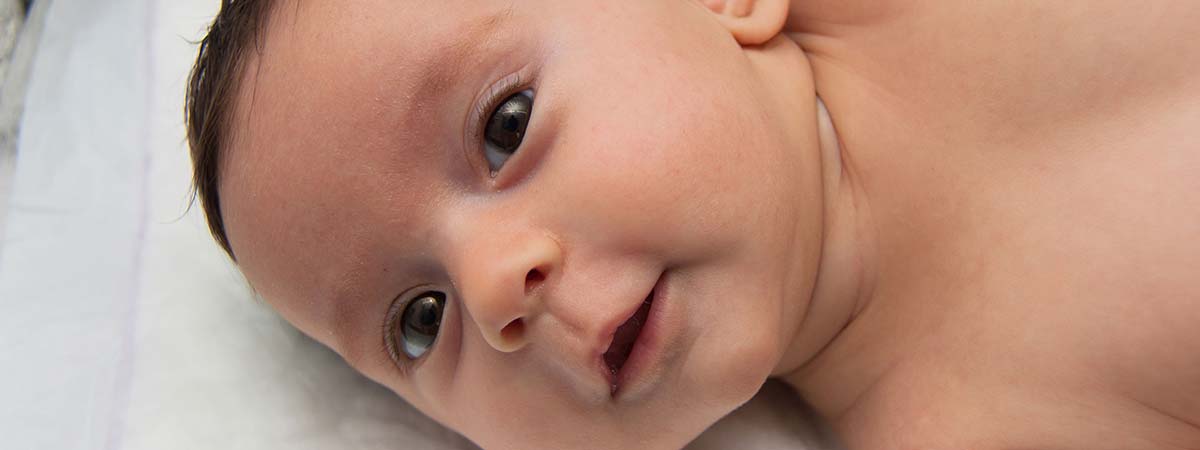Vaccination Schedule
Keep your Child’s Health on Schedule

You’re a parent. It’s your #1 job to protect your child every way that you can. One of the best ways to do that is through vaccines. Vaccines can actually protect your little one from 14 different diseases, all by the age of 2 years old. What vaccines can’t do? Protect you from the terrible 2s!
According to statistics, vaccines can help prevent up to 10.5 million cases of infectious, contagious diseases every year while also saving nearly 33,000 lives. If your child isn’t vaccinated, he or she is susceptible to getting a something dangerous.
As for babies, even if they’re breastfed and thus receiving some antibodies from mom, they still need to be protected with the recommended vaccines.
Vaccines save lives. It really is that simple. What are the different types of vaccinations and when should they be given?
The American Academy of Pediatrics has issued the following recommendations for when to vaccinate your child. You should also talk to your pediatrician. It’s also possible that some vaccines can be given in combination.
Recommended Vaccinations
At Birth
Hepatitis B Vaccine. The first dose should be given within 24 hours of birth but if your child hasn’t been previously vaccinated, this vaccine can be given at any age.
1-2 Months
Hepatitis B, second dose. This should be given 1 to 2 months after the first dose.
4 Months
Second doses of Diphtheria, tetanus, and acellular pertussis vaccine, Haemophilus influenzae type b, Inactivated poliovirus vaccine, Pneumococcal conjugate, and Rotavirus vaccine.
6 Months
A third dose of the diphtheria, tetanus, and acellular pertussis vaccine. A third dose of Haemophilus influenzae type b may be needed, as well as additional doses of Pneumococcal conjugate vaccine and Rotavirus vaccine.
6 Months and Each Following Year
The flu vaccine is recommended every year for children 6 months and older. Keep in mind that kids younger than 9 who get the flu vaccine for the first time will need to get 2 separate doses at least a month apart, and for kids younger than 9 who have already had at least 2 doses will only need one more dose.
6–18 Months
Kids of this age need to a Hepatitis B and an Inactivated poliovirus vaccine.
12-15 Months
Hepatitis B, measles, mumps, and rubella (German measles), Pneumococcal conjugate vaccine, and chickenpox.
12-23 Months
Kids between one and two years old should get the Hepatitis A vaccine (2 shots at least 6 months apart).
15-18 Months
Diphtheria, tetanus, and acellular pertussis vaccine.
4–6 Years
As kids get older, their vaccine needs remain largely the same. Children between 4 and 6 should have Diphtheria, tetanus, and acellular pertussis vaccine, the measles, mumps, and rubella (German measles), Inactivated poliovirus vaccine, and chickenpox vaccines.
11–12 Years
As your kids enter the ‘tween years, it’s important to vaccinate them against the Human papillomavirus. This vaccine is given in 2 shots over a 6- to 12-month period. It can be given as early as age 9. For teens and young adults (ages 15–26 in girls and boys both), it is given in 3 shots over 6 months. It's recommended for both girls and boys to prevent genital warts and some types of cancer.
Also recommended during this age are vaccines for Tetanus, diphtheria, and pertussis booster.
